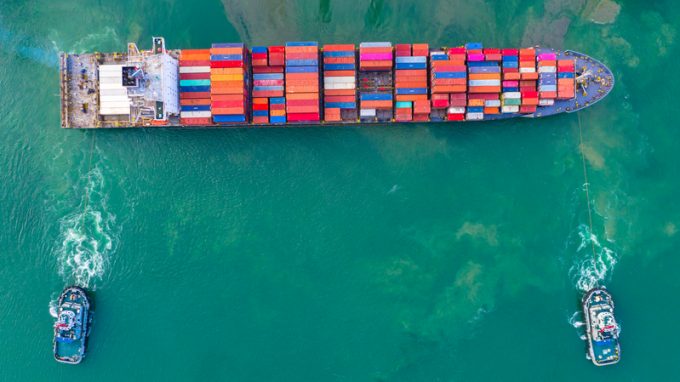CMA CGM set to takeover Air Belgium following court approval
CMA CGM has confirmed it is aiming to take over Air Belgium, after a court ...

Container spot rates on the transatlantic took a hammering this week, losing over 20% of their value, and the pressure has also started to build on other, previously resilient, tradelanes into which carriers have injected more capacity.
Xeneta’s XSI North Europe to US east coast average rate slumped 22%, to $1,590 per 40ft, in the past seven days, having collapsed from about $7,000 at the start of the year.
Carriers decided to take advantage of the more robust transatlantic route by adding ...
Volcanic disruption at Anchorage could hit transpacific airfreight operations
Macron calls for ‘suspension’ – CMA CGM's $20bn US investment in doubt
Forwarders stay cool as US 'liberation day' tariffs threaten 'global trade war'
Shippers snap up airfreight capacity to US ahead of tariff deadline
De minimis exemption on shipments from China to the US will end in May
Tighter EU import requirements proving 'a challenge' for forwarders
Looming Trump tariffs will create 'a bureaucratic monster' for Customs

Comment on this article